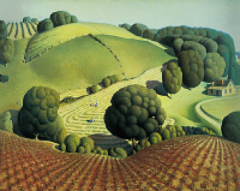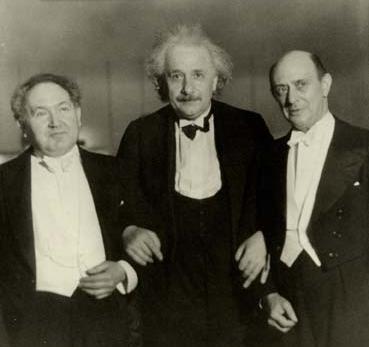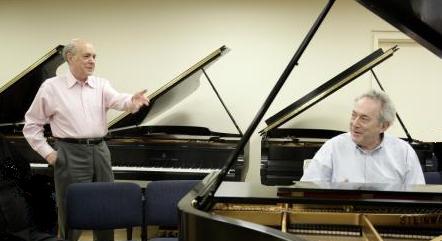 My grandmother, my father’s mother, had a nonchalant and serious way of saying “homeplace.” She was talking about the family farm where she lived for more than five decades, where members of the Brubaker family had lived for a century. It wasn’t grand. But conveyed in her pronunciation of that word was both great comfort and resignation. I don’t suppose I understand it. There were entire winter months when she stayed there, never venturing off the place. (She didn’t drive.) And thousands of hours digging in the garden, summer after summer after summer.
My grandmother, my father’s mother, had a nonchalant and serious way of saying “homeplace.” She was talking about the family farm where she lived for more than five decades, where members of the Brubaker family had lived for a century. It wasn’t grand. But conveyed in her pronunciation of that word was both great comfort and resignation. I don’t suppose I understand it. There were entire winter months when she stayed there, never venturing off the place. (She didn’t drive.) And thousands of hours digging in the garden, summer after summer after summer.
“Homeplace” is our “Heimat” — that German word that signifies where something is rooted, where it belongs, where it can be truly itself.
After hearing Victor Rosenbaum’s playing of music by Schubert in Boston recently, I was thinking about place, about Heimat, and the transplanting of style and aesthetic behavior. Our globalization has shifted and modified so many sorts of human projects. It sometimes seems that anything can happen anywhere.
 During the 20th Century, some European artistic traditions, schools, and practices were best continued in the United States. As the result of wars, revolutions, catastrophes, some artists and intellectuals carried on their work far away geographically from where they began. Perhaps rootlessness, or unrootedness are postmodern, postcolonial artistic traits? In the playing of older music this raises questions.
During the 20th Century, some European artistic traditions, schools, and practices were best continued in the United States. As the result of wars, revolutions, catastrophes, some artists and intellectuals carried on their work far away geographically from where they began. Perhaps rootlessness, or unrootedness are postmodern, postcolonial artistic traits? In the playing of older music this raises questions.
It has long seemed to me that Russian traditions of piano playing were rather directly transplanted from Russia to America through immigration. Sergei Rachmaninoff, Josef and Rosina Lhevinne, Isabelle Vengerova, and many others had great impact on U.S. musical culture. It’s not such a surprise that by 1958, when Van Cliburn won the Tchaikovsky Competition in Moscow, his piano playing and musical approach might have seemed more “Russian” (he studied with Mme. Lhevinne) than the prevalent Soviet style practiced by the young musicians of the U.S.S.R.
Until the Rosenbaum recital, I had not thought this kind of transferal applied to the Germanic repertory. Perhaps if the Russian Revolution is a dividing line in the performance practice of Russian music, then the Second World War marks a division in the playing of Germanic repertory? The observations of Arnold Schoenberg or our own listening to pre- and post-World-War-II recordings can offer strong evidence that playing changed very noticeably.
A group of artists including Arthur Schnabel, Edward Steuermann, Schoenberg, Adolf Busch, Rudolf Serkin, and many others practiced their art in the New World. A number of Germanically-trained American musicians, such as Yehudi Menuhin, Leonard Shure, and Aube Tzerko, were significant. Can it be that such Boston School pianists as Rosenbaum, or Gabriel Chodos are part of a performance practice transplantation, or transmuting? (They studied with Shure and Tzerko.) It was strongly apparent at Rosenbaum’s recital. His playing seemed a fine, beautifully-rooted realization of Schubert’s music. It did not sound anything like the playing of Alfred Brendel or Andras Schiff.
I’m opposed to the classical music establishment’s strong emphasis on direct teacher lineage in discussions of musical learning. So this New World Schubert School is a troubling idea. Or perhaps, something else — geographic correspondence? social geography? — is in play.

